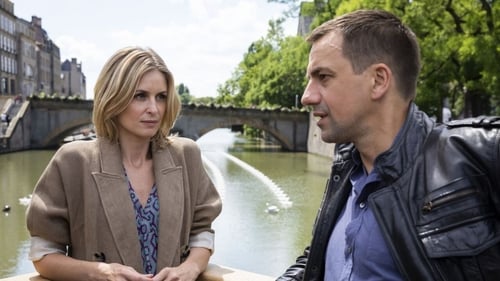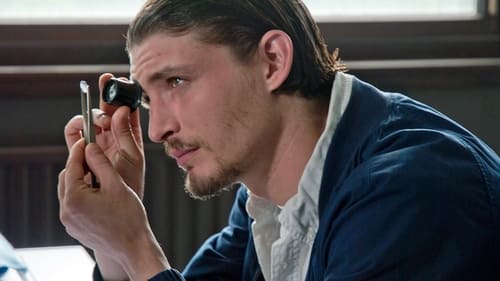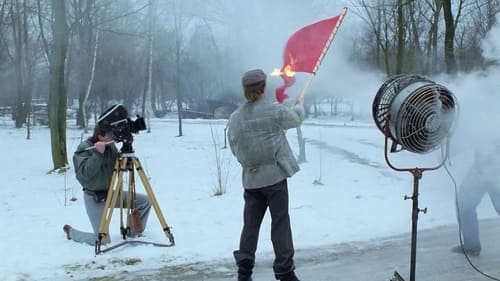
Alexander Manstein
Deep in the heart of the Moselle, in the Uckange furnace Park, is a crime scene as spectacular as it is baffling. The victim is the former Director of the site. When the relentless but sensitive Clément Leroy, captain of the criminal section of the Metz gendarmerie, sets out to investigate, he reconnects with his childhood love, Laure Thouvenin, the victim's daughter and a specialist in industrial history. As this free and unconventional woman becomes increasingly involved in the case, she and Leroy unravel the shocking story of their respective families running over three generations.

Joseph
Pier Ulmann lives from hand-to-mouth in Paris, between construction work and petty theft that he commits on behalf of Rachid, his only “family”. But life catches up with him the day his father is found dead in the street after a long decline. The black sheep of a rich Antwerp family who deals in diamonds, he has left his son nothing, apart from the story of his banishment from the Ulmann family and a thirst for revenge.

Capitaine
A deadpan, picaresque buddy comedy about two old friends through a series of urban adventures, loosely connected by the skull of an executed French aristocrat. Winter Song is a typically irreverent Iosselianian jaunt through a classy Paris apartment block contemplating the past, present and future.

Director

Monsieur Duphour-Paquet
The story revolves around two objects, a rare set of 18th-century Limoges china, and a 19th century aristocratic portrait. As these items are passed, sold, or stolen from one character to another, a giddy round dance of excess begins to take shape, one which suggests that if history doesn't repeat itself, it certainly rhymes. Together with co-writer Gérard Brach, whose other co-writing credits include Repulsion and Tess, Otar Iosseliani uses a feather-light touch to expose the futility of class and social order, making a bagatelle of the concerns of rich and poor alike.

Screenplay
Germany in Autumn does not have a plot per se; it mixes documentary footage, along with standard movie scenes, to give the audience the mood of Germany during the late 1970s. The movie covers the two month time period during 1977 when a businessman was kidnapped, and later murdered, by the left-wing terrorists known as the RAF-Rote Armee Fraktion (Red Army Fraction). The businessman had been kidnapped in an effort to secure the release of the orginal leaders of the RAF, also known as the Baader-Meinhof gang. When the kidnapping effort and a plane hijacking effort failed, the three most prominent leaders of the RAF, Andreas Baader, Gudrun Ensslin, and Jan-Carl Raspe, all committed suicide in prison. It has become an article of faith within the left-wing community that these three were actually murdered by the state.

Director
Germany in Autumn does not have a plot per se; it mixes documentary footage, along with standard movie scenes, to give the audience the mood of Germany during the late 1970s. The movie covers the two month time period during 1977 when a businessman was kidnapped, and later murdered, by the left-wing terrorists known as the RAF-Rote Armee Fraktion (Red Army Fraction). The businessman had been kidnapped in an effort to secure the release of the orginal leaders of the RAF, also known as the Baader-Meinhof gang. When the kidnapping effort and a plane hijacking effort failed, the three most prominent leaders of the RAF, Andreas Baader, Gudrun Ensslin, and Jan-Carl Raspe, all committed suicide in prison. It has become an article of faith within the left-wing community that these three were actually murdered by the state.





